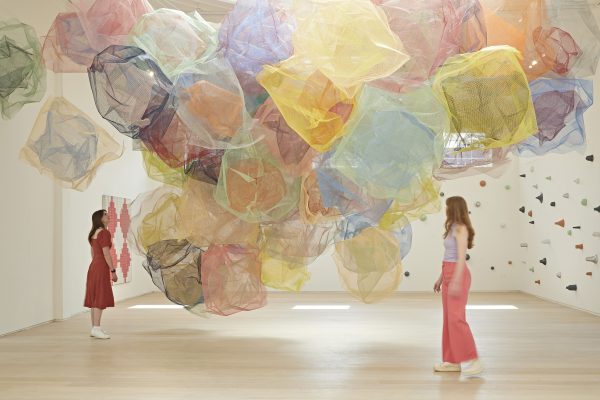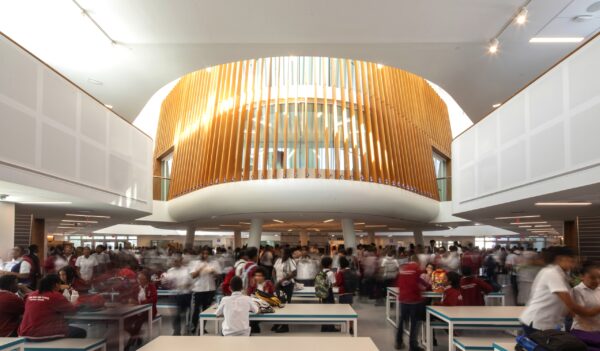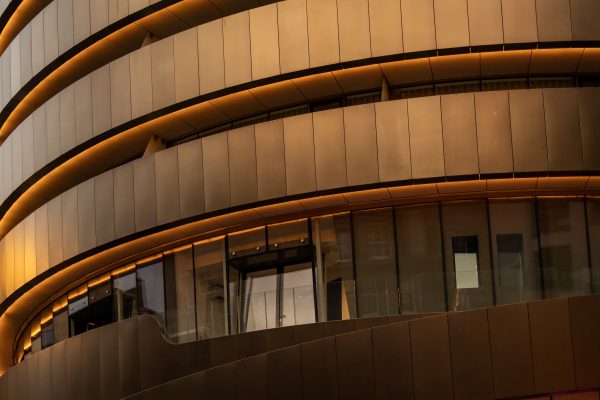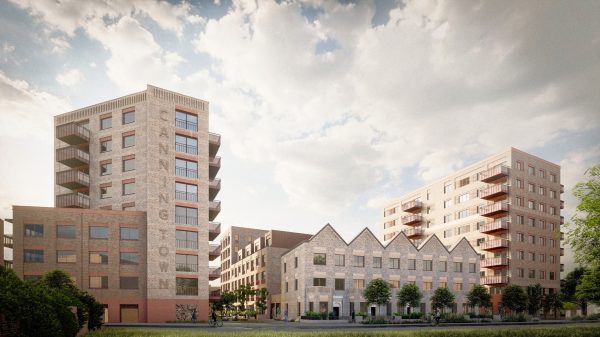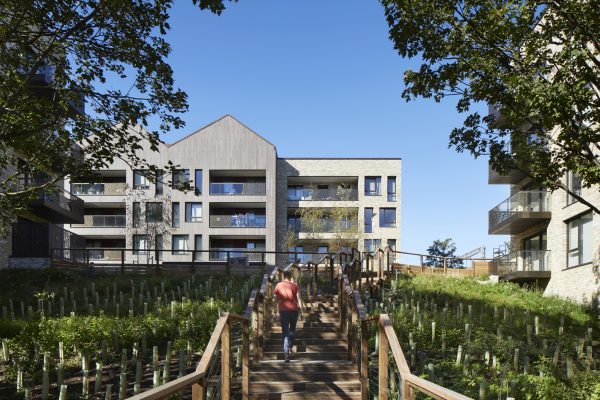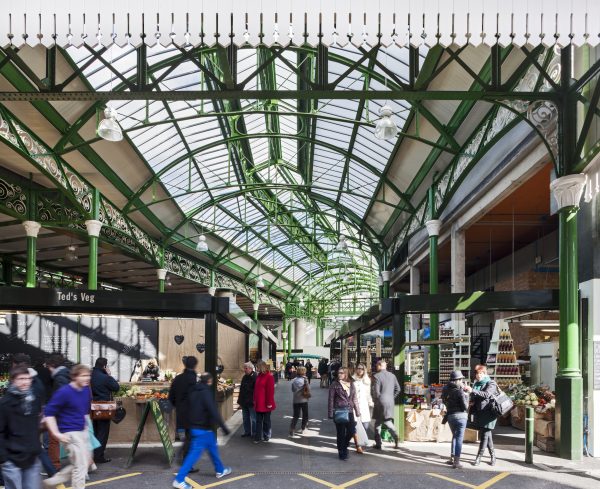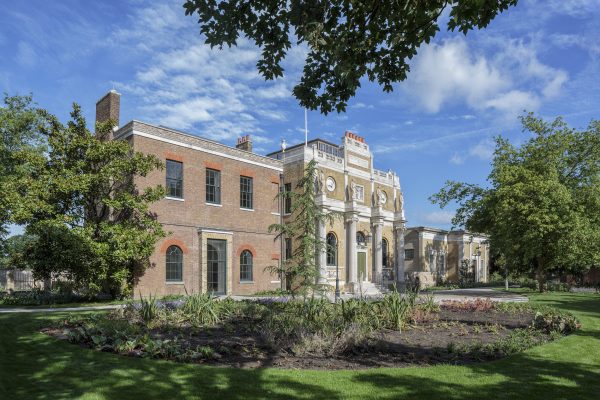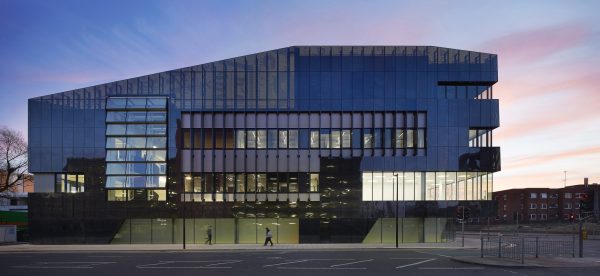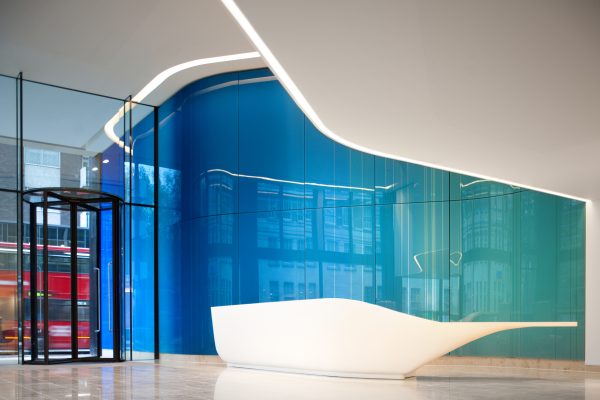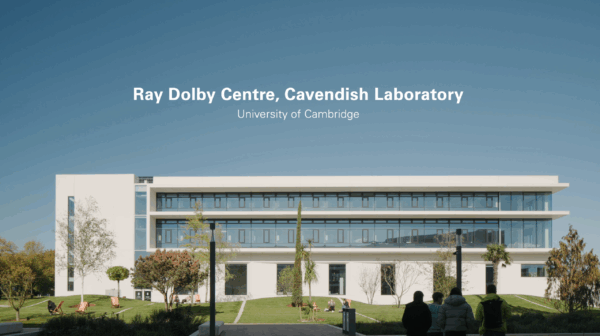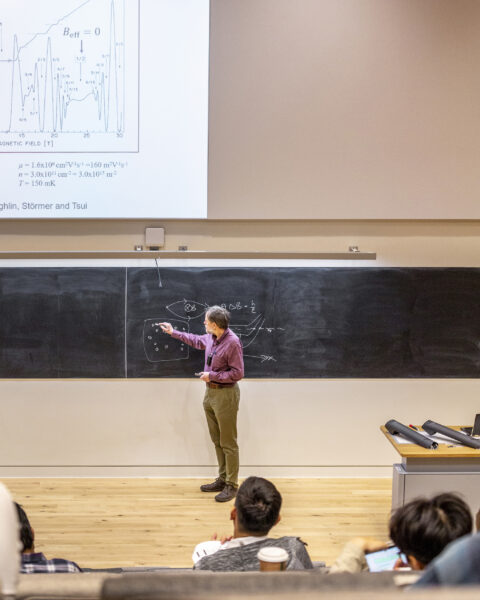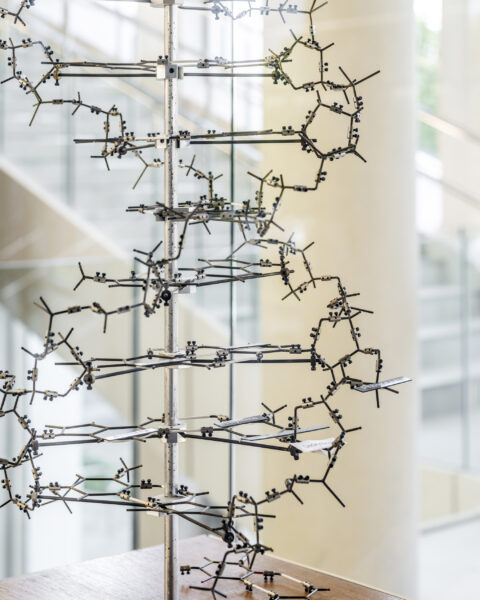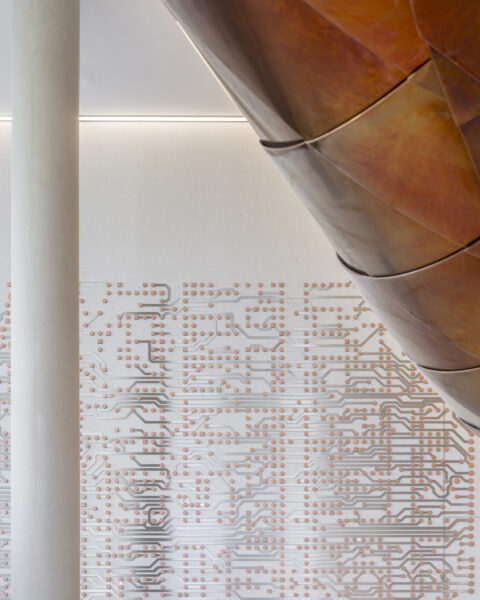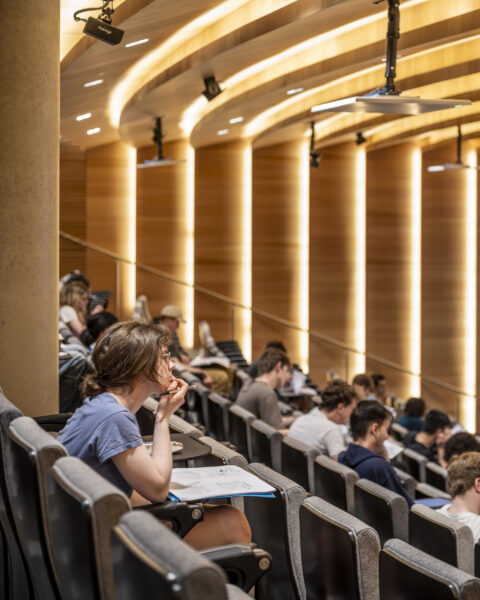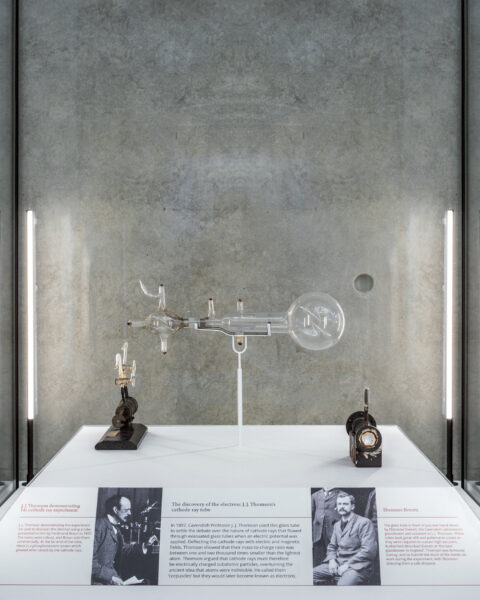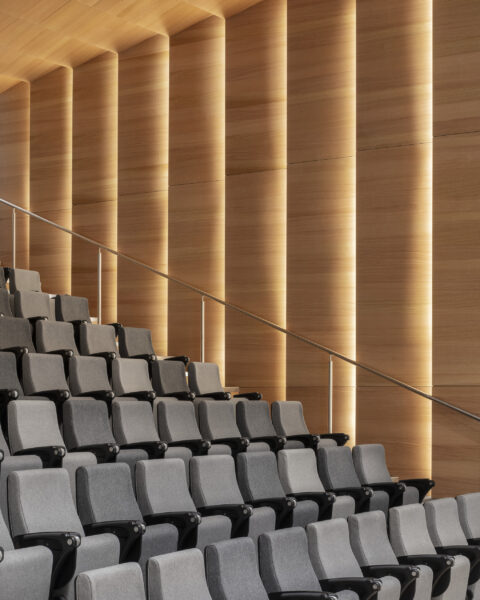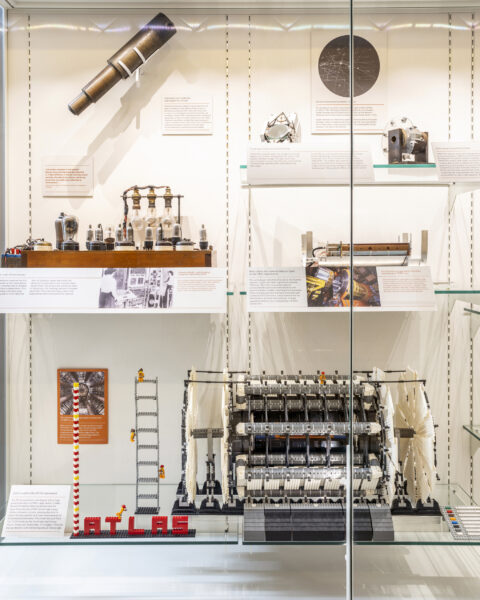- Location Cambridge, UK
- Client University of Cambridge
- Year 2025
- Status Complete
- BREEAM Rating Excellent
- Sectors: Education Science and Technology
Arguably the most famous physics laboratory in the world, the Cavendish Laboratory – home to the University of Cambridge’s Physics department – has pioneered some of the most fundamental discoveries in science over the last 150 years.
The Ray Dolby Centre is the third iteration of the laboratory, a major new facility and national hub for physics, housing state-of-the-art research facilities alongside teaching and collaboration spaces for the next generation of scientists.
Situated at the heart of the university’s evolving Cambridge West Innovation District, the new centre sits alongside another of our projects: the popular interdisciplinary West Hub building.
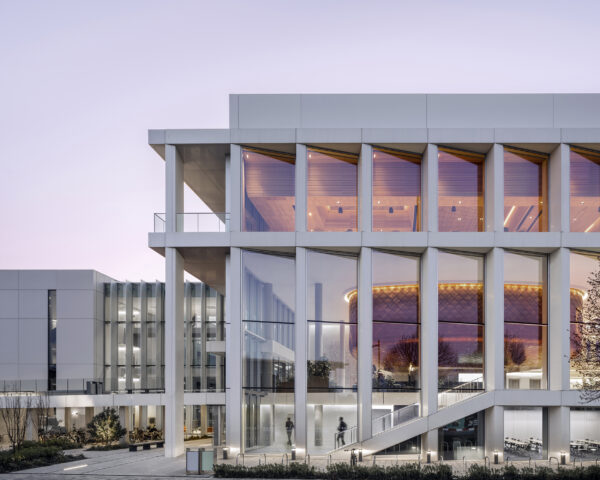
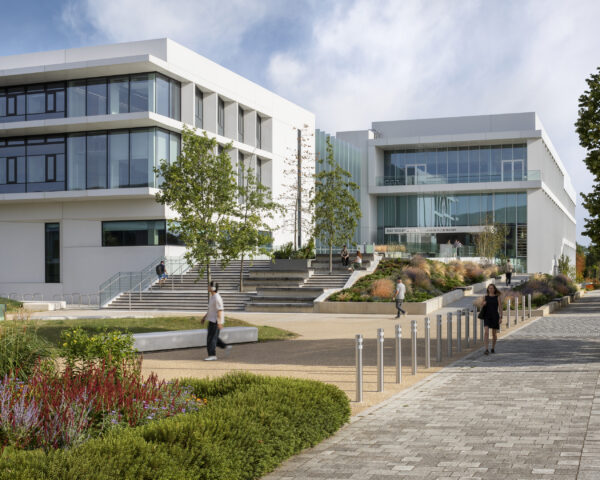
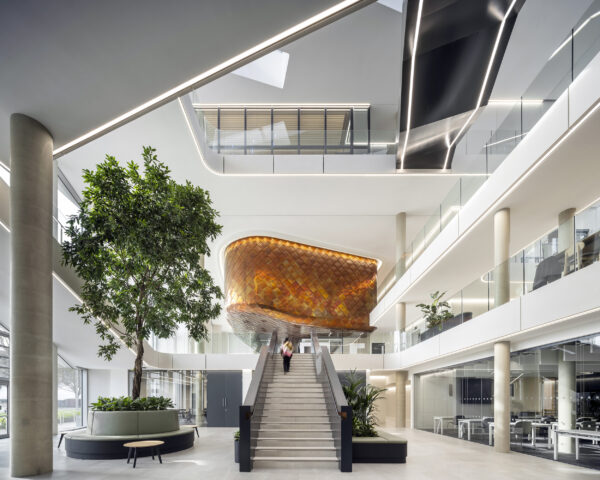
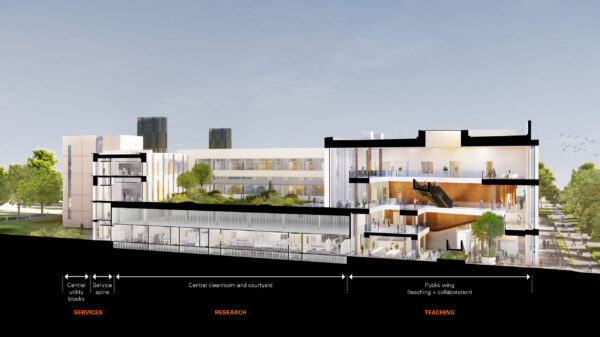
“Our new home offers unprecedented capabilities, enabling our researchers to tackle some of the greatest scientific challenges of our time, like unlocking the secrets of dark matter and origins of life in the universe, as well as addressing the energy crisis for a sustainable society and translating quantum science to technologies of tomorrow. But the Ray Dolby Centre is more than an amazing building. It is a commitment to the future of physics, a national facility that represents a leap forward for physics resourcing in the UK - where the next generation of scientists will converge to answer some of humanity’s deepest questions.”
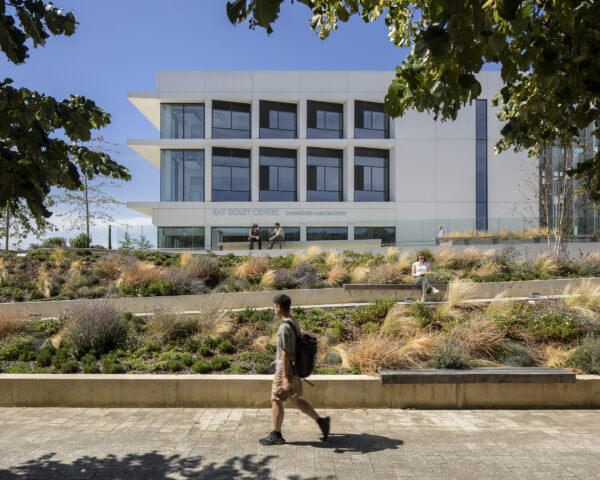
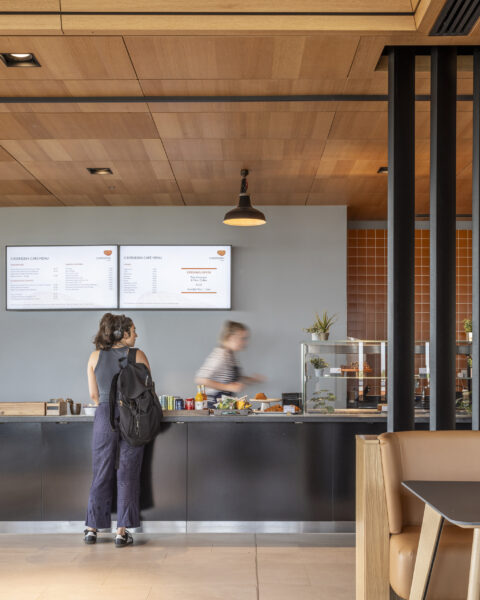
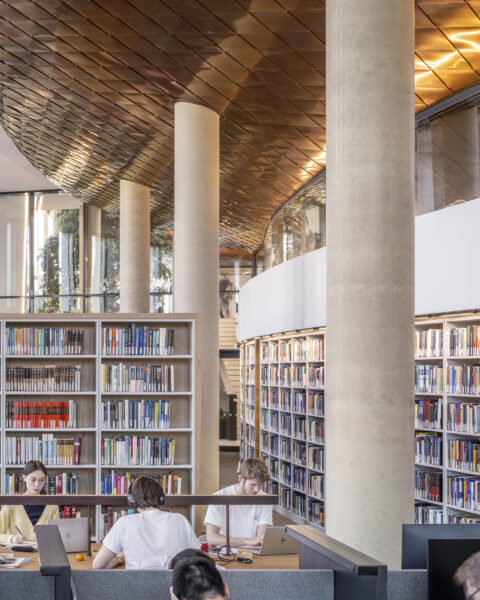
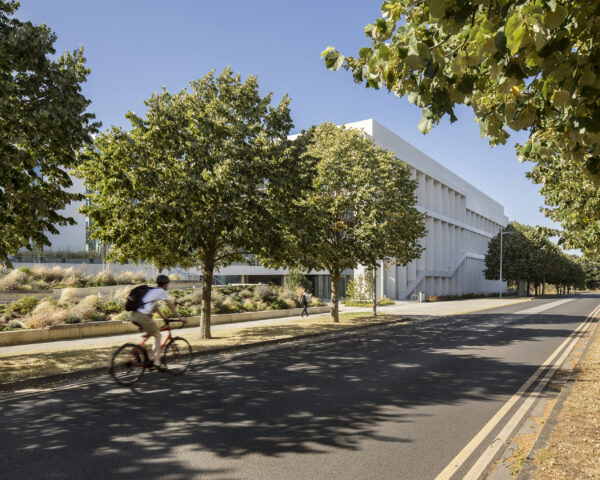
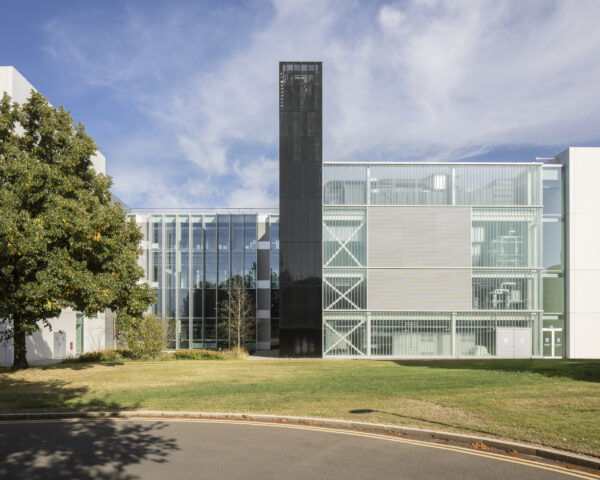
““The Ray Dolby Centre is truly a landmark building. The official opening marks the culmination of many years of hard work by teams from across the division to move this project through its phases from concept to completion and operation. The building, along with the West Hub next door, are at the heart of the University of Cambridge's vision to transform the Cambridge West Innovation District into a connected and sustainable place open to all.” ”
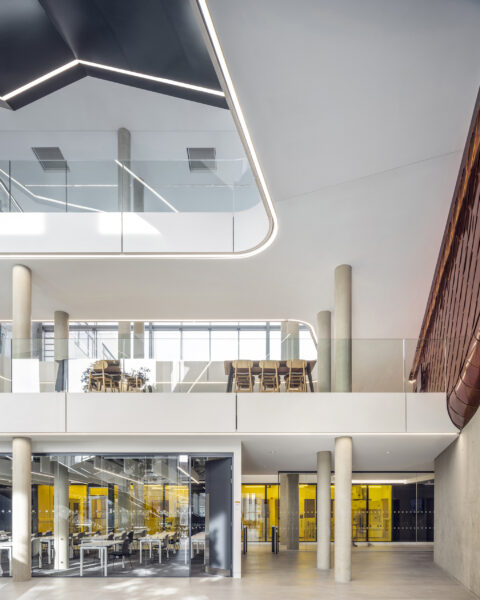
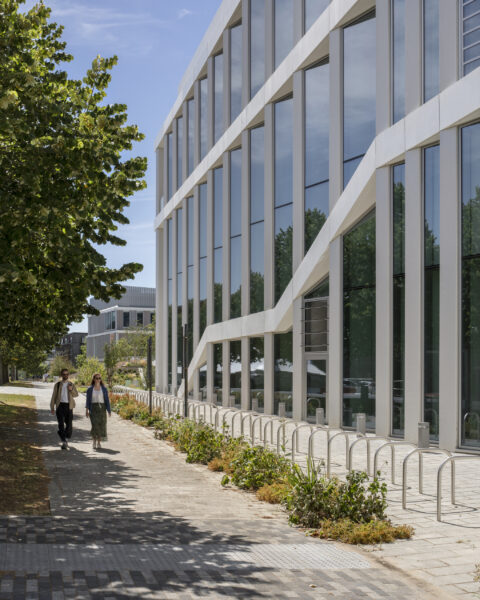
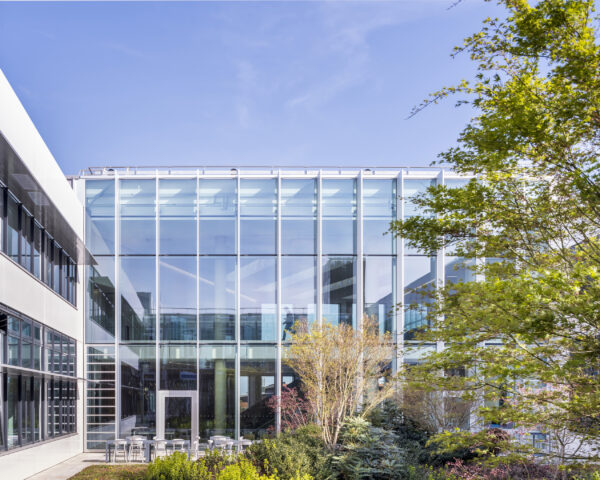
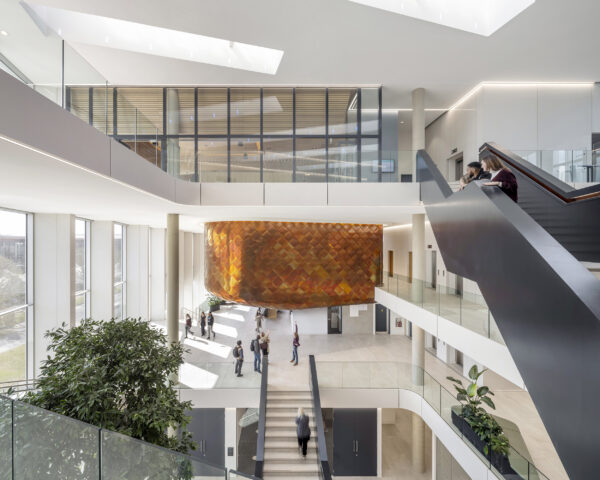

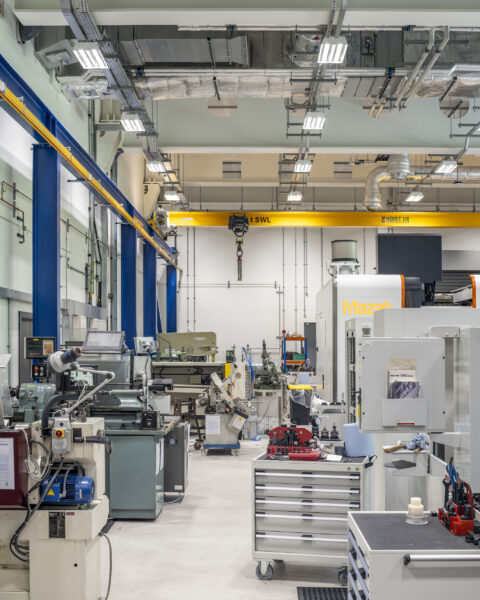
“Jestico + Whiles worked very closely with us to translate our detailed technical requirements into a multipurpose facility providing flexible laboratory, office and teaching spaces.”
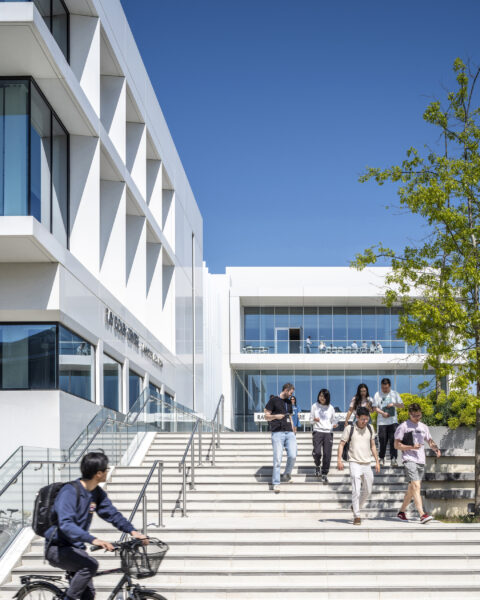
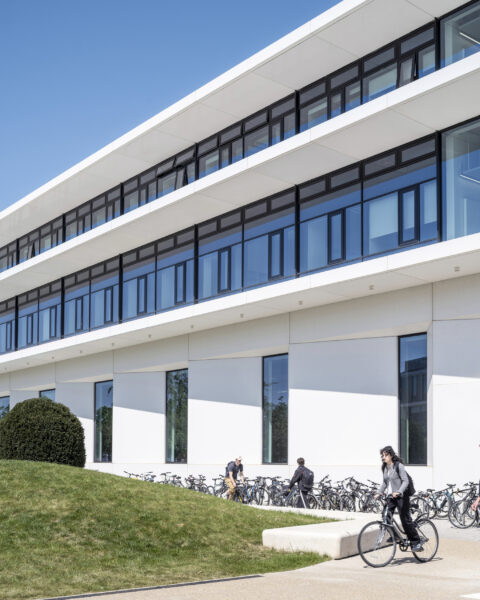
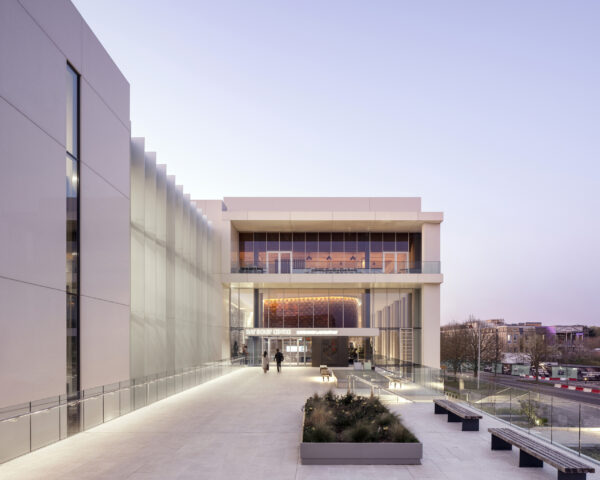
Stats
32,900 sq m
173
laboratories1,100
members of staff400
seats in the large lecture theatre+/-0.1 °C
close temperature control in the laser laboratories770
cycle spaces£85m
donation from the Ray Dolby Foundation2,500 m2
cleanroom facilities- Location Cambridge, UK
- Client University of Cambridge
- Year 2025
- Status Complete
- BREEAM Rating Excellent
Established in 1874 and boasting 31 Nobel Laureates, the Cavendish Laboratory is where laureates JJ Thomson discovered the electron, Rutherford split the atom, and Crick and Watson decoded the structure of DNA. Our brief was to design a state-of-the-art facility worthy of the ambitious, world-leading work of the university’s Physics department, which would also foster enhanced collaboration between scientists and open the laboratory up to the community.
Both architecturally and technically complex, the £214m facility, named after the inventor and sound engineer Dr Ray Dolby, is the largest of its kind in the UK. Spanning 32,900m2, the building contains 173 research laboratories, along with workshops, cleanrooms, offices and collaboration space. A deep basement accommodates the most vibration-sensitive equipment, which achieve the highest levels of temperature (+/-0.1°C), humidity and vibration control.
The building’s public wing, centred around a quadruple-height atrium space, is designed to ‘showcase the science’, opening the laboratory’s research up to the community, promoting physics and inspiring the next generation of researchers. This public area, through which all staff, students and visitors enter, is the home of the ‘Cavendish Collection’ exhibition, showcasing scientific material and apparatus past and present. Our design prioritises active frontages and inclusive public realm, with a vibrant new south-facing entrance square and three ‘pocket gardens’. Extensive picture windows offer views into the laboratories and public wing, revealing the research and learning happening within.
Research at the Cavendish Laboratory is constantly evolving, in response to emerging technologies, funding streams, and research breakthroughs. Flexibility and adaptability of space, fabric and services were therefore a key part of the brief. The building was designed with the principle of “long life loose fit” in mind, able to accommodate “day one” functions while also maximising potential for adaption to fit future needs, all within cost and technical constraints.
The building was designed to high sustainability standards, achieving a BREEAM Excellent certification. Heating and cooling is delivered via a ground source heat pump system that also serves the neighbouring West Hub building.
Linked to a new linear park to the south via a grand staircase, the building’s raised public piazza evokes a sense of gravitas on the building approach, while concealing cycle parking below. The square leads to a fluid arrival space populated by twin ‘floating’ lecture theatres clad in brass shingles. Taking inspiration from the distinct architectural heritage of Cambridge, the facade features a robust, timeless palette of white polished concrete, glass and aluminium.
The Ray Dolby Centre supports the continuation of more than 150 years of ground-breaking science research at the Cavendish Laboratory, as well as contributing to the development of the university’s ambitious Cambridge West Innovation District.
